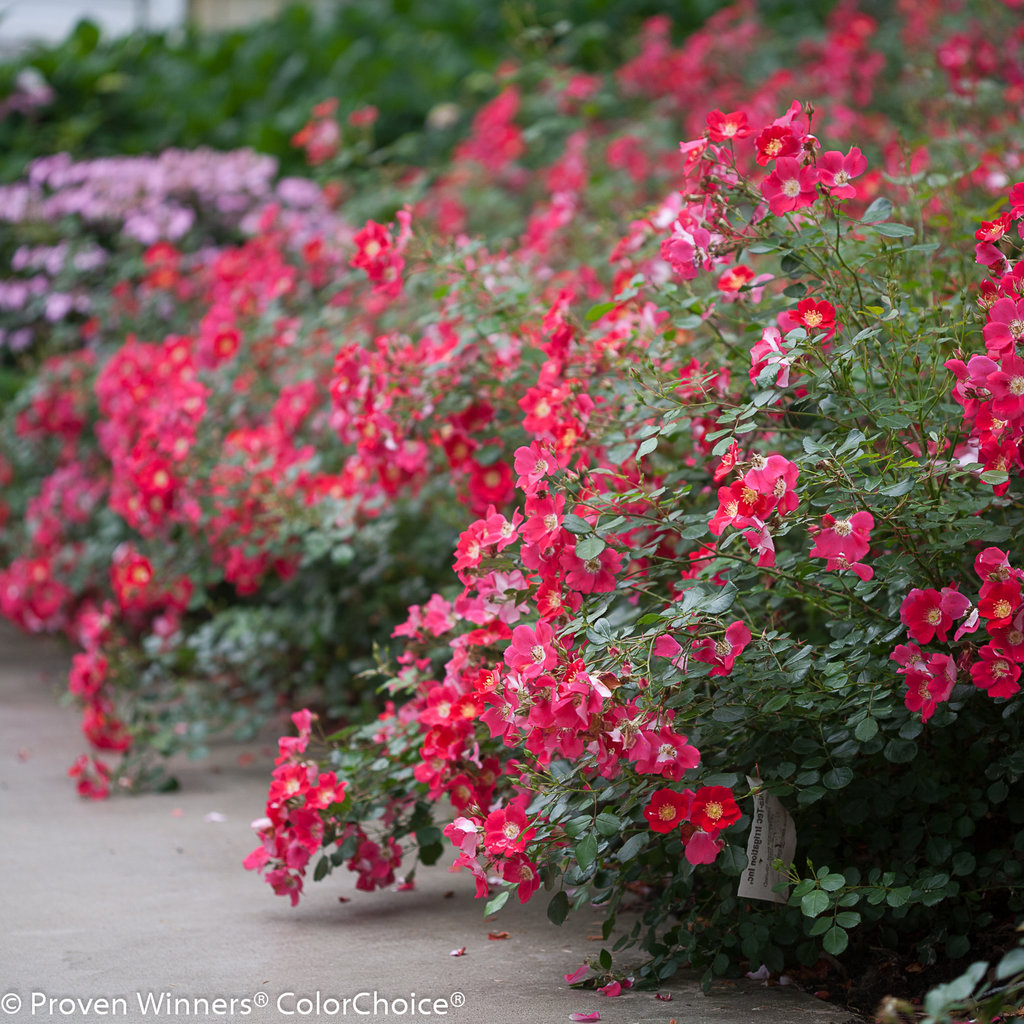
Gardening Green with Doug
Coming Up Roses
THE MID ATLANTIC NURSERY TRADE SHOW RETURNS TO FULL CAPACITY AND TRACKS CURRENT GARDENING TRENDS, INCLUDING A NEW LINE OF FLAVORFUL ROSES.
By Doug Oster
March 20, 2023
For the first time since Covid hit, the Mid Atlantic Nursery Trade Show was back to full capacity. I’ve been visiting Baltimore annually each January to attend the three-day event for the past decade.
MANTS showcases the latest introduction of plants and other garden products aimed at nursery professionals. Eleven thousand attendees visited this year with the hundreds of exhibitors who filled the 300,000-square-foot Baltimore Convention Center. It’s also a good place to track gardening trends.
In a cavernous, quiet area above the show floor, Natalie Carmolli, media and public relations specialist for Spring Meadow Nursery and Proven Winners ColorChoice Shrubs, discusses new introductions along with the direction plant breeding is heading. Her first thoughts are regarding roses, including the OSO Easy line of shrub roses. “They are easy to grow,” she says, “really resistant to powdery mildew and black spot. But what we've really been delving into recently are roses that look more like a garden rose. So they perform like a shrub rose, but have that real garden rose look.”
Flavorette is a new line of roses, which includes Honey Apricot. “The purpose of these roses is they were bred especially for the petals to have a specific type of flavor,” says Carmolli. “A lot of people know roses are edible, not just the rose hips, but the petals are also edible, provided you grow them in the right way.” That means using organic methods to raise the roses. “It’s an apricot-colored rose, which still has that really big garden rose look, so that kind of almost David Austin kind of rose, full wide, soft look. But these petals have a little bit of a honey apricot flavor to them.”Many of the plants being introduced by the company and others are more compact, and there’s a reason for that, she says. “I think it's a trend because as more and more people get into gardening, they occupy all kinds of different spaces for their domicile. They might have a larger house with a smaller amount of property, or they might have exclusively a container garden. These dwarf shrubs make it really easy to grow a shrub anywhere, you can group them, so they're really appealing to people.”
The same trend is echoed at Star Roses and Plants, according to Heidi Mortensen, rose portfolio manager and Bloomables brand manager for the company. Even though she is a rose expert, Mortensen talks hydrangeas first, specifically Starlight and Sweet Starlight, which stay under four feet by four feet. It was introduced to solve very specific needs in the hydrangea paniculata market. These are hydrangeas that flower on new growth, which makes them a more reliable bloomer in our area. “They have strong stems and are earlier to go pink in the summer, even in the heat of the day,” she says. “Not only is it really heavy flowering, it's a fully sterile panicle, so you get that really fluffy flower.”
Mortensen lights up when the topic turns to roses. “I'm on a fragrance crusade here at Star Roses and Plants. Fragrance is one of those traits that is difficult to breed for, it's what we call a unicorn,” she says, with a laugh. “It shows up when it wants to and how it wants to.”
It takes time to work with breeders and to select specific fragrances, many of which are meant to duplicate the wonderful aroma of old roses. “The difference here is that in the last 25 years, the genetics in roses have improved dramatically as far as disease resistance, so these are not your grandma's roses,” says Mortensen. When asked for a favorite fragrant rose, Mortensen responds without hesitation, “It’s Sweet Mademoiselle — she’s got everything. She's got color, fragrance, performance, and a beautiful cabbage type rose,” Mortensen adds. The flower is pretty coral pink with multi tones and is also a great cut flower, and of course is deeply fragrant.
All the roses released by the company go through a rigorous trialing process. “So we put them in-ground in Pennsylvania — what we call rose hell,” she adds laughing. “It is a hot bed of rose disease, and if it can survive there, it can survive anywhere.”
At the Perennial Farm booth, my old friend Jeremy Gruszka from Pittsburgh is showing off some cool, bee-friendly plants. “Hardy agastache are amazing plants for pollinators and flower all summer for you,” he says proudly. They have new varieties from the Meant to Bee series. “We’ve got Queen Nectarine and Royal Raspberry — both have very vivid colors, nice and bright. They’ll attract all sorts of butterflies and bees and all sorts of good pollinators to your garden,” he says. They love full sun and are used in the middle to the back of a flower border, with a carefree habit and will even rebloom after being deadheaded mid-summer.
Bushell and Berry is a brand of edible and ornamental plants, which are low-maintenance and can be grown in containers. Kristen Pullen is brand manager and woody ornamental portfolio manager for the company, and is excited to talk about a new line of ever-bearing strawberries, which include Rosy Belle, Snowy Belle, and Scarlet Belle. Each one is named for their flower color and produces berries throughout the whole season. She recommends growing them in a 10-12 inch hanging basket or a medium-sized container.
The grower also offers Raspberry Shortcake, which is a thornless variety of raspberry, so it’s kid- and pet-friendly, along with a thornless blackberry, and diminutive blueberries, which can grow in pots. Sam Hoadley isn’t selling anything at MANTS, but he’s passionate about an underused plant in our landscapes and it’s something you should think about growing. He’s the manager of horticultural research at Mt. Cuba Center in Delaware. “Mt. Cuba is a public garden focused on conservation of native plants with a mission to inspire visitors by the beauty and value of native plants,” says Hoadley. His love of native plants runs deep and recommends them for home gardeners. “So natives are great plants that are adapted to this environment, in theory they are going to be fairly low-maintenance plants in a home landscape. They are also beautiful and at the same time they're providing value for wildlife.”
It is a plant called carex though that he has fallen for and spent much of his research hours studying. “They're tough plants, they're adaptable. There is truly a carex for any garden situation, whether you have dry soil, wet soil, average soil, sun, shade, all the above, there is a carex that will fit that spot for you.” Many Carex varieties resemble a thick-bladed grass, and the foliage can be beautiful. Even though the blooms are usually the focus of the plant, they can have pretty flowers. Another bonus Hoadley says, is that they suppress weeds too. “They're kind of what I think of as kind of a backbone,” he adds.
He has trialed 70 different carex cultivars at Mt. Cuba and finds Carex woodii or wood sedge to be one of the best performers. “It’s a beautiful groundcover, which slowly spreads, but it's not going to overwhelm other plants in your landscape. It's adaptable to sun and shade and has beautiful straw-colored flowers in late April or early May.”
Carex cherokeensis is absolutely wonderful and is very close to being an evergreen plant, he adds. “It has a lot of presence in the garden for a very long period of time a large portion of the year,” remarks Hoadley. “It just has stunning lustrous, dark green foliage.”
The plants were studied during the trial for five years and given very limited care, and only watered for the first season of the trials. Mt. Cuba is open to the public and visitors can see the different carex plant there along with many other horticultural wonders.
“I think they're beautiful and functional,” he says of carex. “They're providing habitat, food sources for wildlife, and beauty for the human and home landscape. They're kind of checking all the boxes for me, and I really am excited to get other people excited about carex as well because they are so useful in the landscape.”
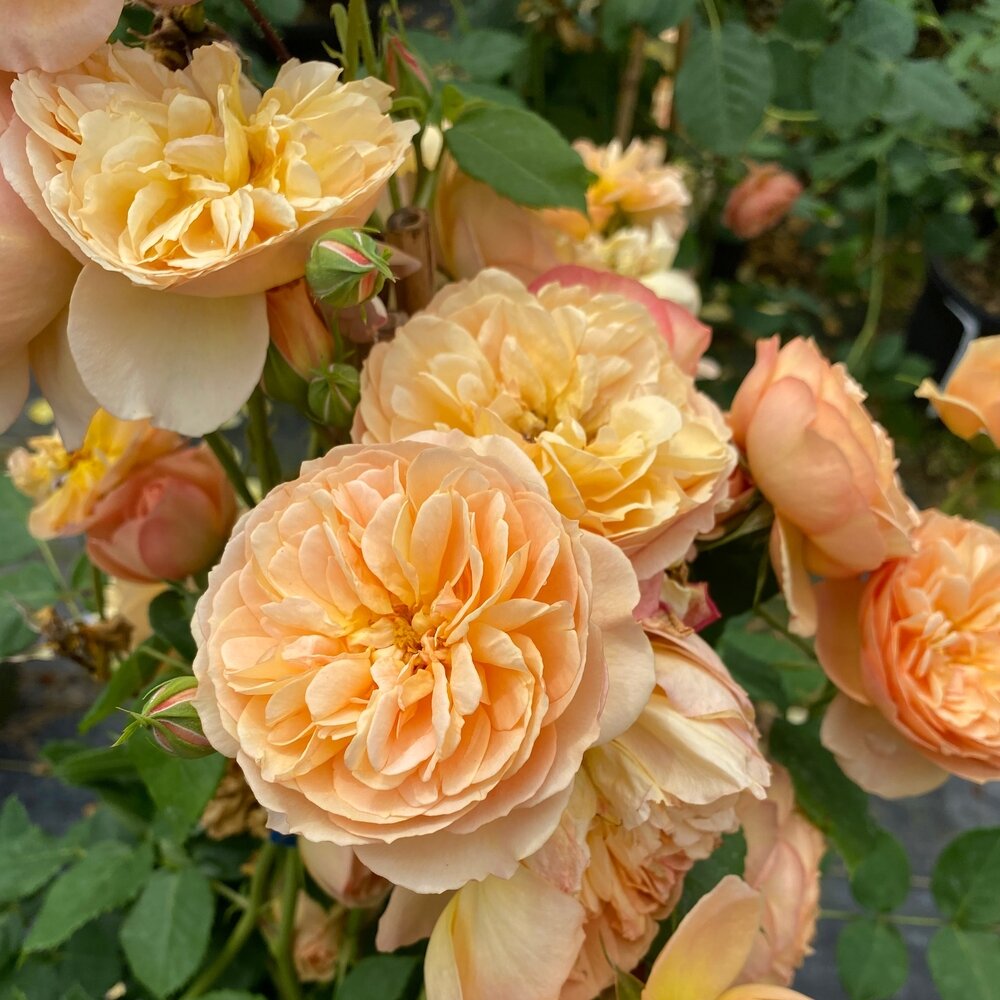
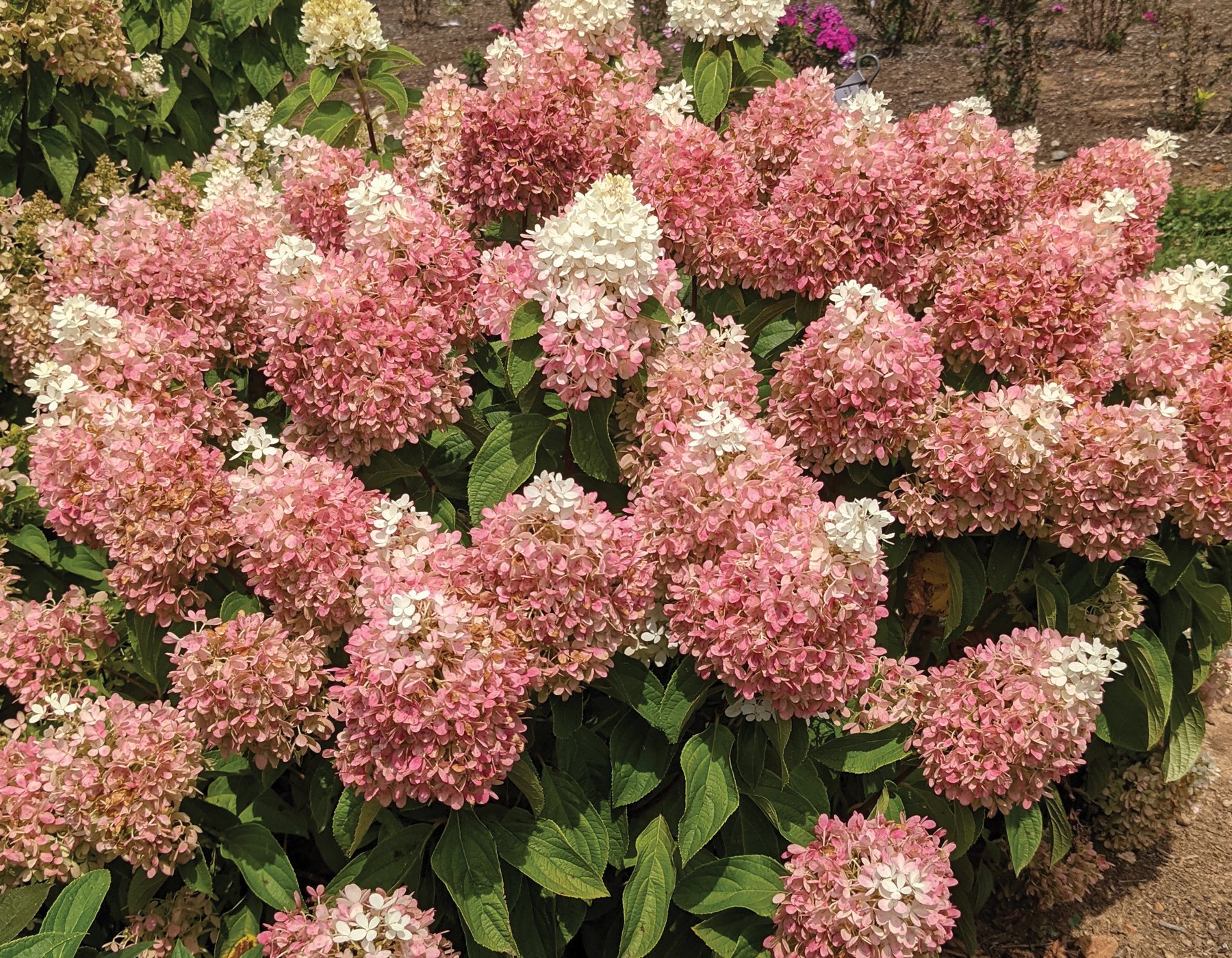
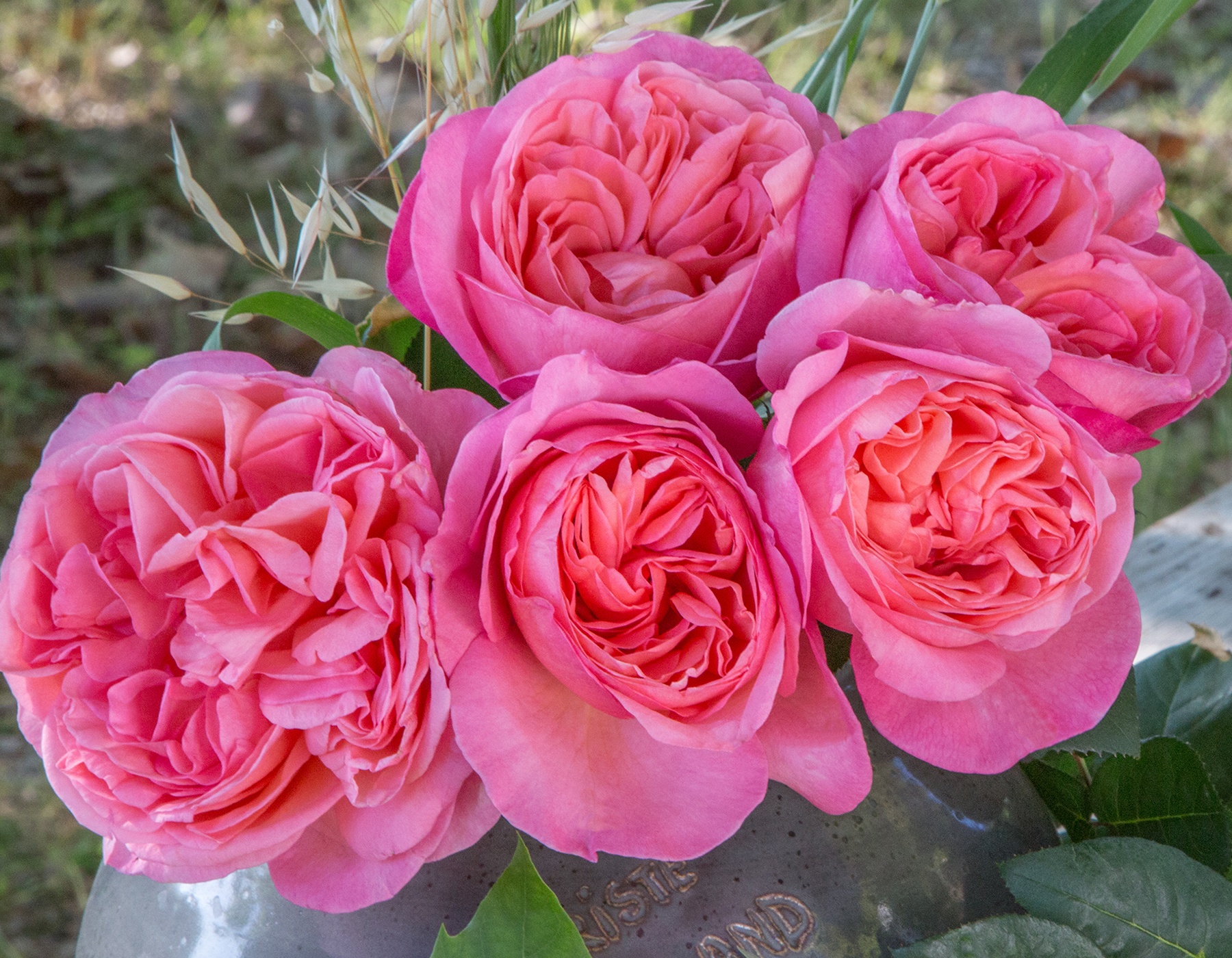
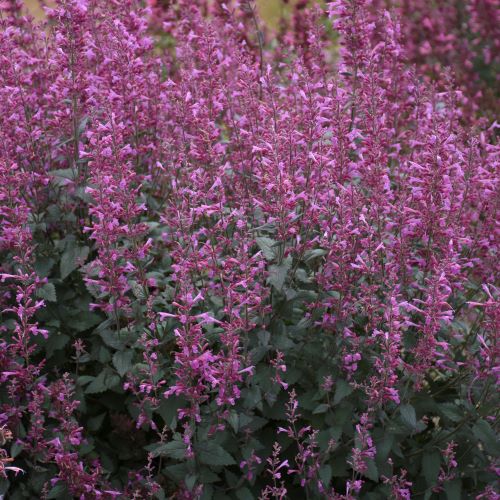
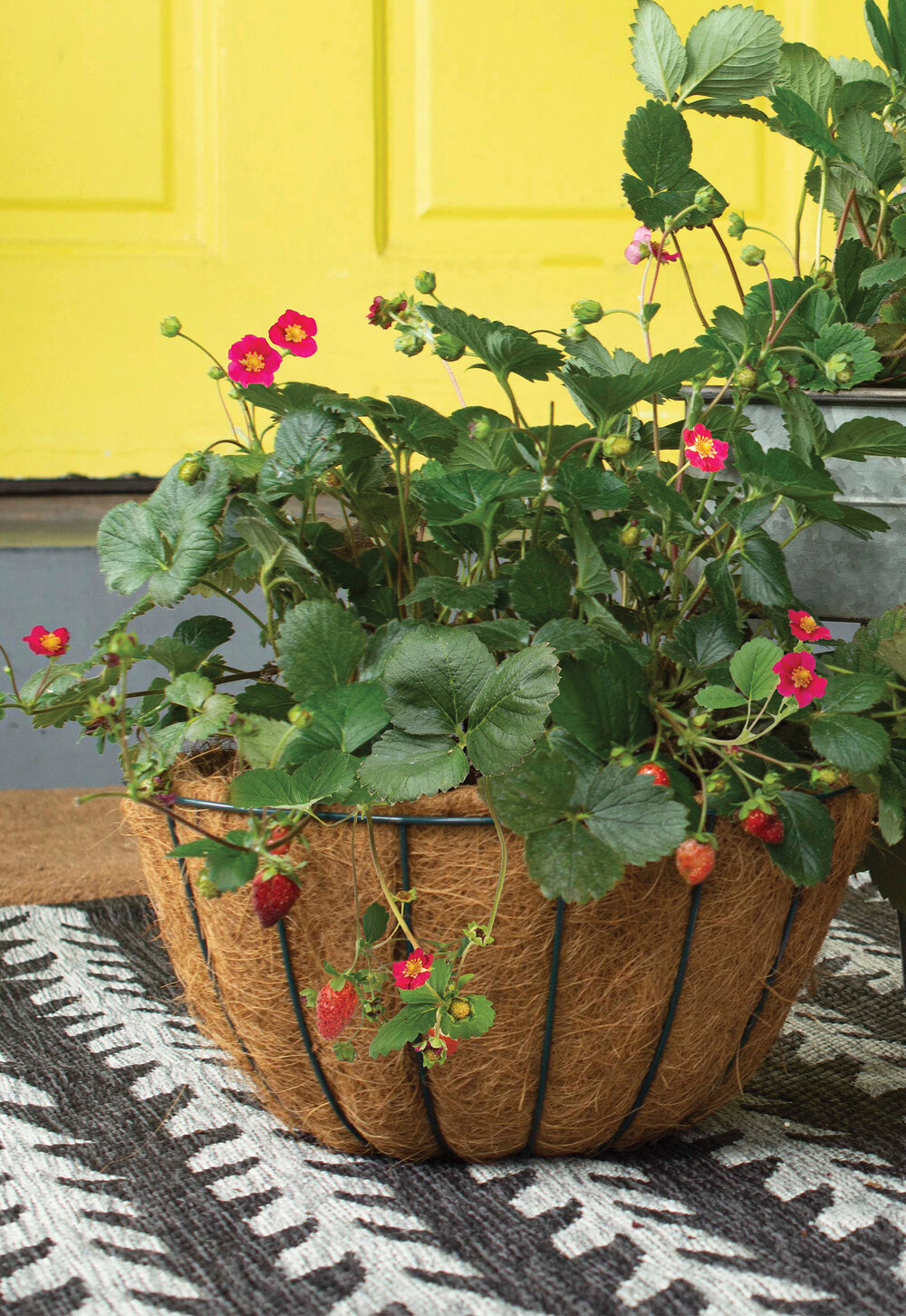
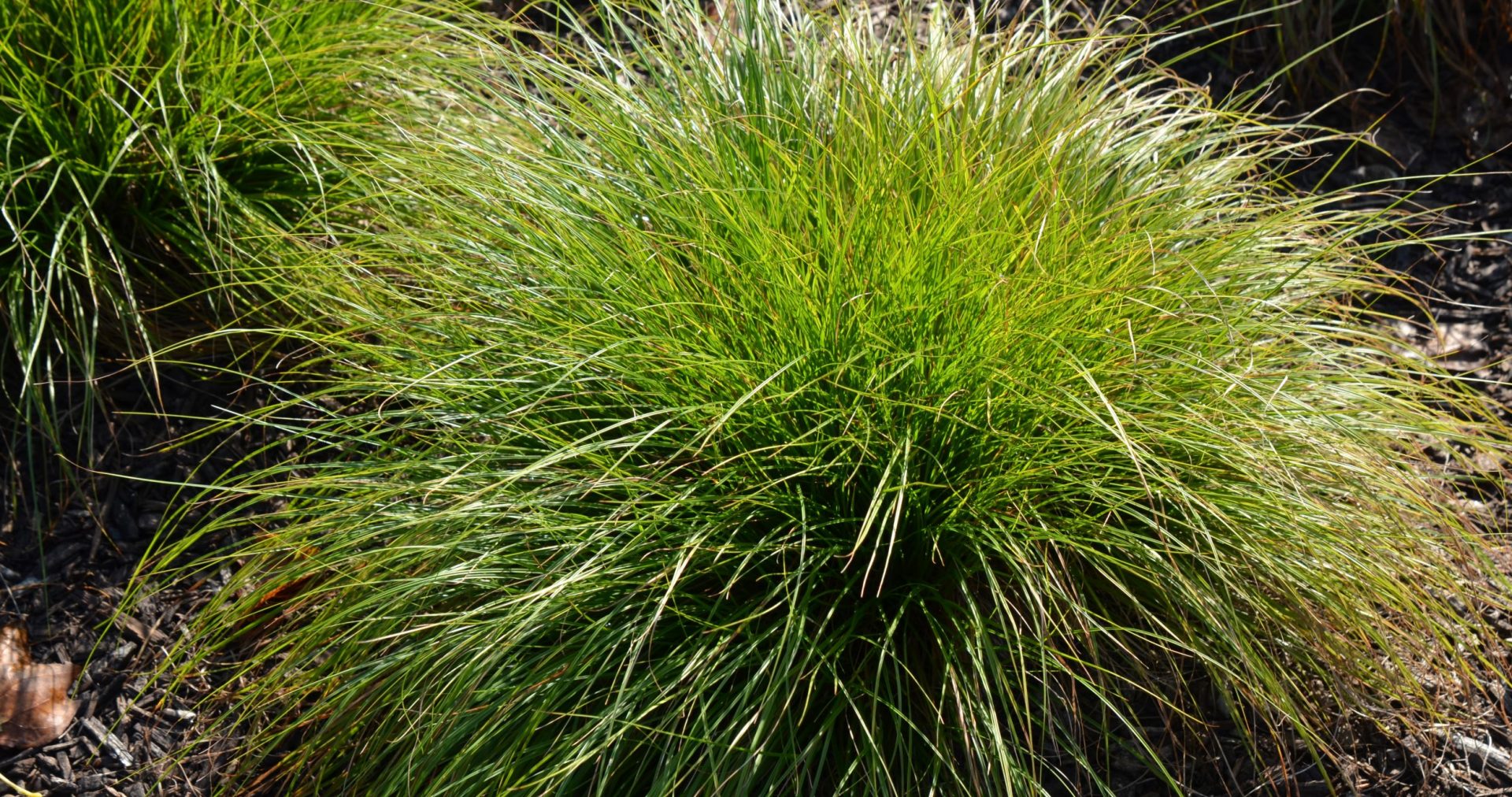
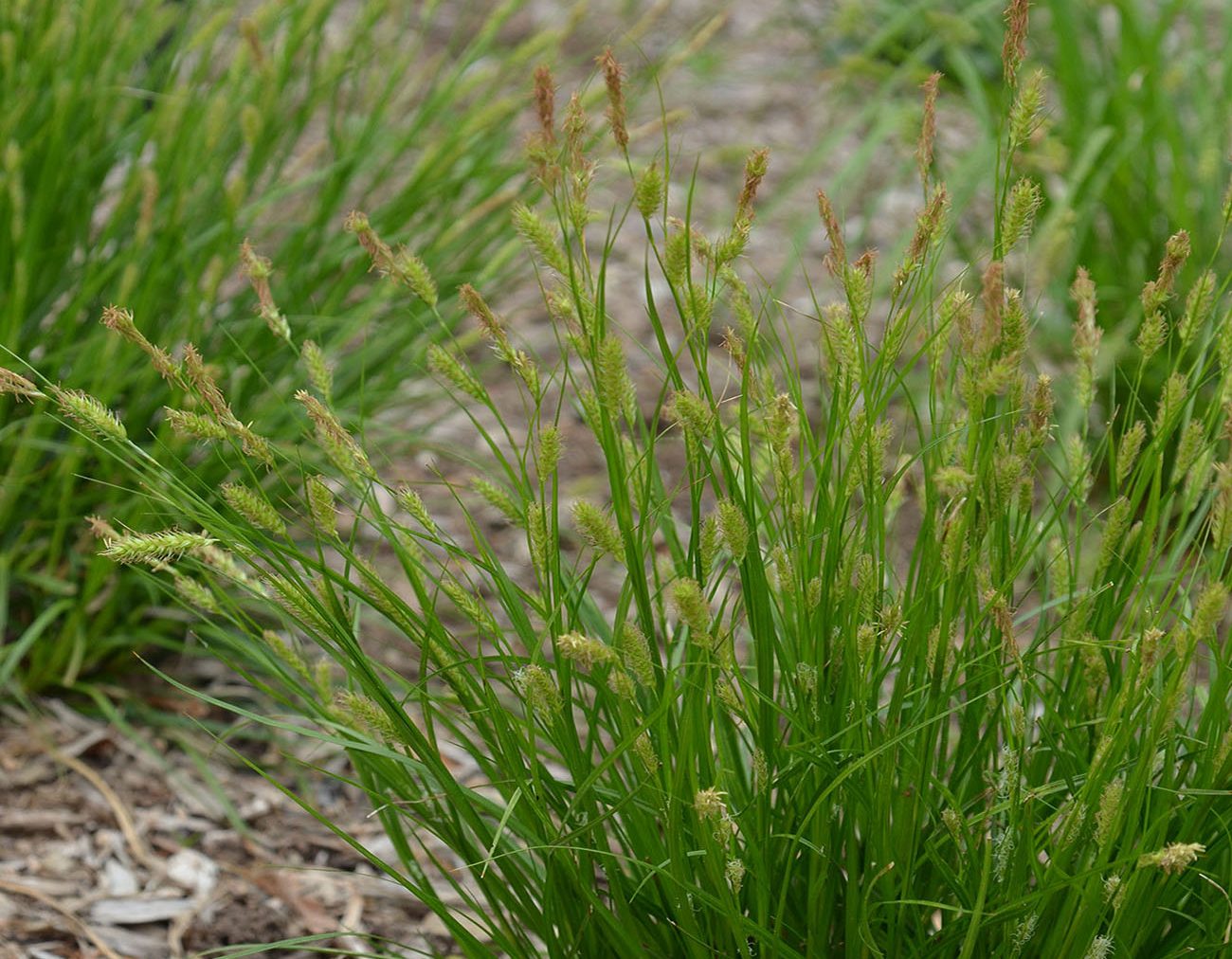

Are there any roses or hydrangeas that the deer do not prefer? And what is your favorite deer deterrent spray. Thanks.